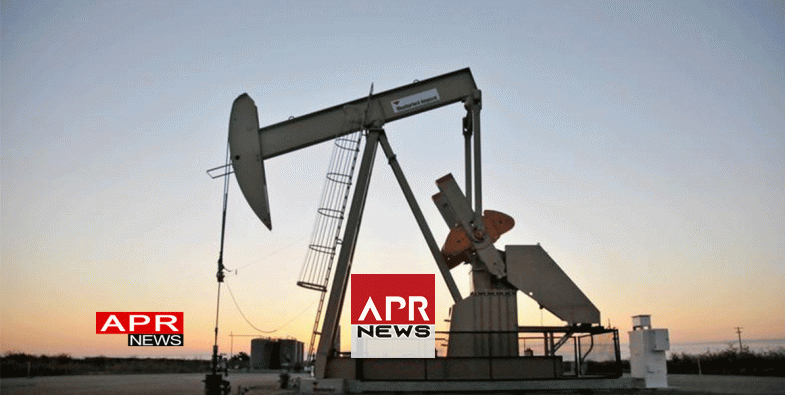You are here
Back to topOil retreats on U.S. output after hitting near 2-yr high

Oil retreats on U.S. output after hitting near 2-yr high
REUTERS - Oil prices fell on Friday, dropping from highs last seen in 2015, as soaring U.S. production undermined a 10 percent rally from December lows that was driven by tightening supply and political tensions in OPEC member Iran.
Rising U.S. production and weaker refined products demand weighed on the market, traders said.
“The holiday demand surge that we get is in the rearview mirror,” said John Kilduff at Again Capital. “That, coupled with the rebound in U.S. production is helping to undercut some of the recent price strength.” While product demand is up from a year earlier, robust stockpiles and a coldsnap in the U.S. could put a damper on demand.
Traders said political tensions in Iran, the third-largest producer in the Organization of the Petroleum Exporting Countries (OPEC), had pushed prices higher.
“The protests in Iran add more fuel to the already bullish oil market mood,” said Norbert Ruecker, head of commodity research at Swiss bank Julius Baer. On Friday there was no new major outbreak of violence in the country, relieving some of the tension from the market.
U.S. West Texas Intermediate (WTI) crude futures CLc1 futures for February delivery fell 59 cents to $61.42 a barrel by 12:05 p.m. EST, a 1 percent loss. WTI hit $62.21 the previous day, which was its strongest since May, 2015.
Brent crude LCOc1 futures for March delivery fell 41 cents to $67.66 a barrel, a 0.6 percent loss. The previous day it touched $68.27, also the highest since May 2015.
Oil prices have received general support from production cuts led by OPEC and Russia, which started in January last year and are set to last through 2018, as well as from strong economic growth and financial markets. [MKTS/GLOB]
That has helped to tighten markets. U.S. commercial crude inventories C-STK-T-EIA fell by 7.4 million barrels in the week to Dec. 29, to 424.46 million barrels, according to data from the Energy Information Administration (EIA).
That is down 20 percent from peaks last March and close to the five-year average of 420 million barrels.
Yet, surging U.S. production could offset some of the cuts from OPEC producers, as U.S. production rose to 9.78 million barrels a day in the latest week, according to Wednesday’s report.
CAN THE BULL RUN LAST?
With Iranian production unaffected by unrest and U.S. output C-OUT-T-EIA likely to pass 10 million barrels per day (bpd), a level reached only by Saudi Arabia and Russia, doubts are emerging whether the bull run can last.
Bank Jefferies said the oil price “upside from here is not obvious to us” but added it expected the oil market to remain undersupplied through 2018.
Julius Baer’s Ruecker said crude prices above $60 project an “overly rosy picture”.
“Oil production disruptions (in Iran) remain a very distant threat ... disruptions in the North Sea have been removed ... (and) U.S. oil production surpassed the 2015 highs in October and is set to climb to historic highs this year,” he said.
Lukman Otunuga, analyst at futures brokerage FXTM, struck a similarly cautious tone, saying: “While the current momentum suggests that further upside is on the cards, it must be kept in mind that U.S. shale remains a threat to higher oil prices.”







